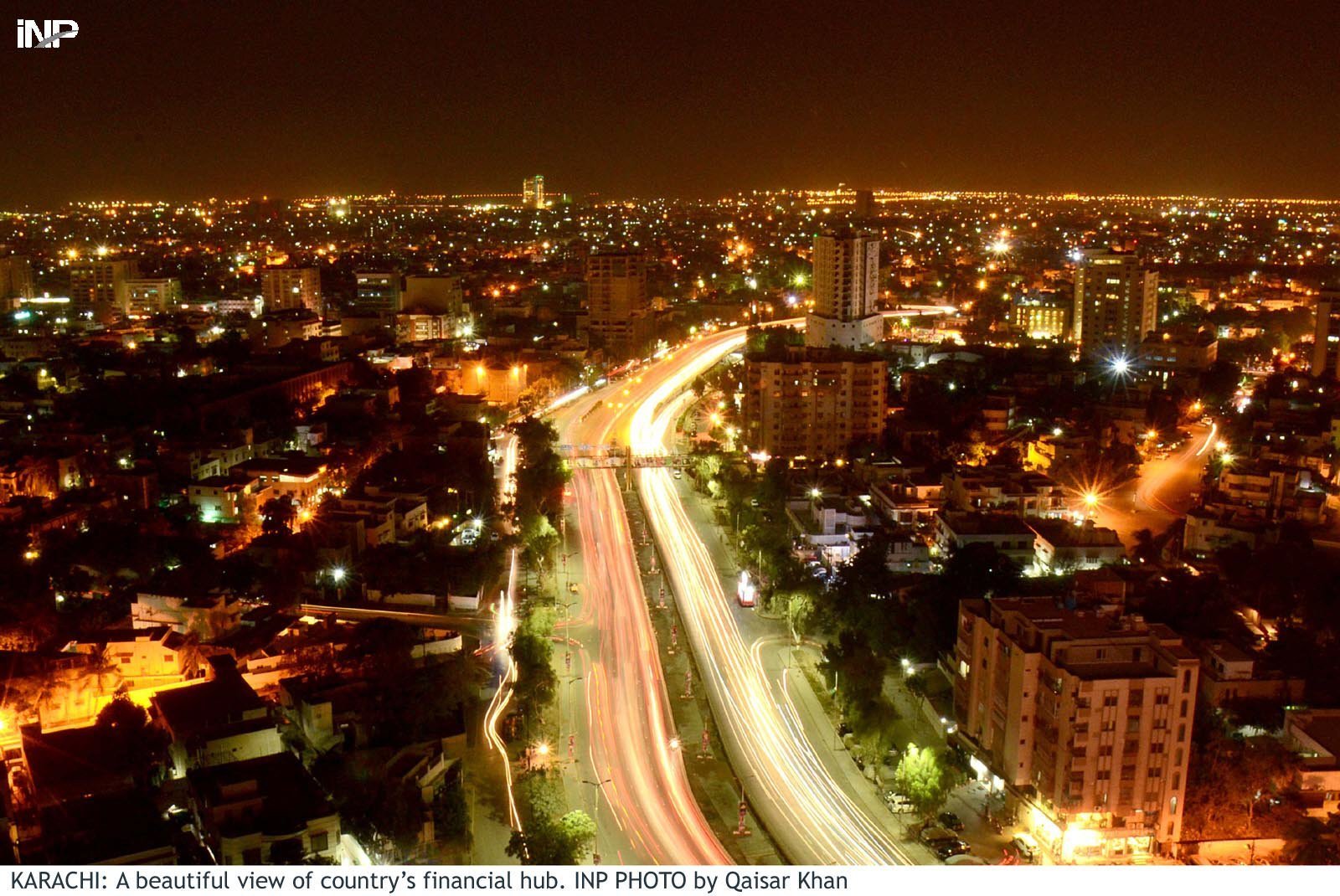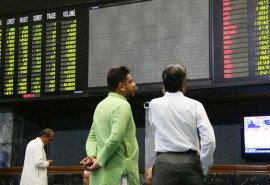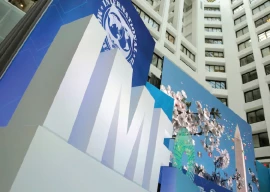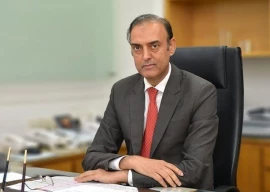
The manifesto, presented by the PTI, was multidimensional and it had components of long-term planning and execution. However, the slogan of quick fix could not come true due to many poor economic indicators and high debt levels.
Prime Minister Imran Khan asked people to show patience because he knew that in the short term Pakistan would not be able to tackle all the challenges, especially the current account deficit, fiscal deficit and debt pile. The most urgent challenge was to service and pay back the debt.
In order to cope with that, Pakistan reached a staff-level loan agreement with the IMF. Now, the government seems to be in a position to pay back the debt this year.
Finance adviser denies budget is IMF dictated
At the same time, the government is taking stringent measures to overcome the challenges. It is right time to understand how the economy can be fixed for the long run and on a sustainable basis.
Efforts being made can only be successful if the government realises the importance of agriculture and industrial sectors. An analysis of the past performance of the economy gives three important lessons - most of the time the growth was led by consumption without domestic production, productive sectors remained stagnant or contracted, and human capital was never trained according to needs of the industry.
The consumption-led growth in itself is not a bad strategy if demand is met by domestic production and services. However, in the case of Pakistan, the consumption needs are not met by domestic resources. Instead, they are met by imports.
Dependence on imports creates two types of problems - it contributes to the current account deficit through high imports and low exports, and the government tries to manage exchange rate artificially, which means it subsidises imports. At present, 94% of GDP growth is linked to consumption, which is not a good sign, as Pakistan is not producing the required services and goods. The government will have to work out a strategy to manage it.
Apart from that, the contribution of agriculture sector to the economy has shrunk whereas manufacturing and industrial sectors could not make up for the loss. On the other hand, the services sector has recorded exponential growth and now it is the biggest sector of the economy.
The outgoing fiscal year’s Economic Survey shows the services sector contributed 60.4% to the national economy, the industry 20.6% and agriculture 18.8%.
Exporters protest against withdrawal of zero-rated regime
If the correlation of GDP with these sectors is studied, it is found when the agriculture and manufacturing sectors perform well, the GDP exhibits a good or decent growth.
Human capital
Another key area is human capital, which has been mostly neglected in Pakistan. Pakistan is ranked 134th among 157 countries on the Human Capital Index of the World Bank in 2019. It is a worrisome situation as it is believed that no country can become a developed state without human capital development. Education is the most critical element in human capital development but Pakistan is well behind on multiple indicators in this regard. Its literacy rate is 58%, which also includes people who can only read and write their names or read newspapers.
It shows 87 million people of Pakistan are illiterate. Furthermore, estimates suggest that 24 million kids are out of school. In this scenario, how can the country develop?
Without overcoming the challenge of human capital development, Pakistan cannot dream of moving on the growth and development ladder. Moreover, it will also not be able to sustain economic growth and development.
A key lesson from consistent development of China and Turkey is that they have generously invested in human capital development while advancing on the development ladder.
The current situation requires the government to take two urgent steps – invest in the industrial sector and revise the concept of education. Unfortunately, most of the time, the industry has been treated as a tax minting machine. Statistics show the industry is contributing 70% to the national tax collection, though its contribution to GDP is 20%.
The services sector contributes 29.4% and agriculture 0.6% to the total tax collection, which are low levels in comparison to their share in GDP - services (60%) and agriculture (18.8%). The government will have to change its policy and facilitate the industrial sector.
It means the government will have to rationalise the taxation system and help the industry to get resources for investment and improving efficiency and competitiveness of products.
In the past, most of the time, the industry struggled to find investment and credit from financial institutions. Now, it has become even more difficult as the key interest rate has shot up to more than 12%.
In the meantime, in order to invest in human capital, the government will have to analyse whether the spending on education is “investment” or “expenditure”. Right now, analysis suggests that most of the spending is expenditure as it is not producing the required human capital.
For instance, if a country needs 100 engineers and produces 100 philosophers, it is expenditure.
It can be concluded from the above facts that the development of industrial sector and human capital for sustainable growth requires time. Therefore, the government and other stakeholders, most importantly the people, need to show patience and move in the right direction.
The writer is the Chief Operating Officer at Zalmi Foundation
Published in The Express Tribune, June 17th, 2019.
Like Business on Facebook, follow @TribuneBiz on Twitter to stay informed and join in the conversation.


1672385156-0/Andrew-Tate-(1)1672385156-0-165x106.webp)














COMMENTS
Comments are moderated and generally will be posted if they are on-topic and not abusive.
For more information, please see our Comments FAQ